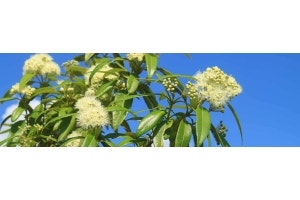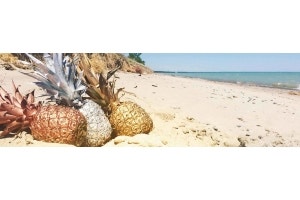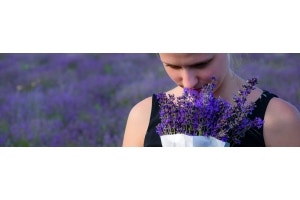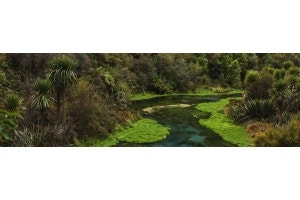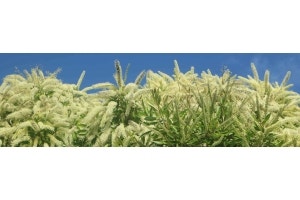
Deadheading is a term you’ll often find in gardening books and online articles. And happily it’s not as gruesome as it sounds! In fact, it’s very helpful for your plants.
-
Deadheading is nothing to do with
- The Grateful Dead
- The Walking Dead
- Ancient cannibal tribes
Deadheading is the process of removing flowers from shrubs or perennial plants that have finished flowering and have died. It’s very similar to tip pruning, a technique which is used on young plants.
Why do we need to deadhead? Why can’t we just leave the flowers on the bush?Well, you can. It’s your garden after all!
Five Good Reasons to Deadhead
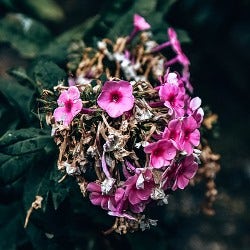
1. To improve the overall look
Often when flowers die they turn brown. And they cover up the fresh colourful flowers. Removing brown flowers helps give new buds room to open, and improves the appearance of a plant.
2. To improve plant health
Dead and dying flowerheads that don't dry out completely can attract fungal infections, which may impact the health of the plant. Gentle pruning through deadheading also helps shape a plant and keep it healthy, removing weaker stems and encouraging stronger ones

3. To stop the plant wasting energy
Removing flowers at the end of growing stems stops the plant’s growth hormones going to stems that have already done their work and produced a flower. The energy can go to stems that are yet to produce a flower.
4. To encourage fresh new growth
Flowers often develop from the new growth points of a plant. Removing the end of a stem redirects growth hormones within the plant’s stem from the tips to other points along the stem. This encourages the plant to produce fresh side shoots will may have new buds on in future – which means more flowers for you!
5. To contain a vigorous plant and re-energise a bulb
Some non-sterile garden plants are gentle sweeties when flowering, but can become rampant thugs if allowed to set seed and spread. Removing the dead flowers or flowering stems stops them creating seed.
Removing the dead flowers of bulbs like lilies or daffodils helps redirect energy of the dying plant back into the bulb, where it can remerge next year as a flower, rather than into producing seed which may not producing a flowering plant for several years, if at all.
Four Easy Ways to Deadhead
Deadheading is super simple and something that can be done as you walk around the garden with your morning cup of coffee, or in ten minutes at the end of the day with a beer in one hand and snips in the other.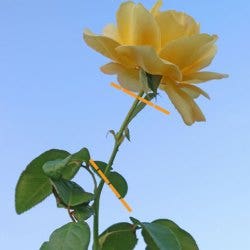
1. A simple deadhead involves pinching off the flower, if you can do this with your fingers; or snipping off the flowerhead and a little bit of stem.
Use sharp secateurs, not stationery scissors, for a clean cut!
3. Some plants you can deadhead without precision. Many parks & gardens departments have discovered that rose bushes for instance can be deadheaded by chainsaw, like a hedge. So if you have a lot of bushes – or not much time – and you don’t mind your plants looking a bit scruffy for a couple of weeks, this is a fast solution.
4. A similar no-nonsense technique is used with bushy flowering perennials like lavender and salvia – take some garden shears and give your plant a haircut! Chop all the flowers off at the base of the stem, once the main flowering flush has ended. This often provokes it into a second flush of flowers.
Five Good Reasons Not to Deadhead
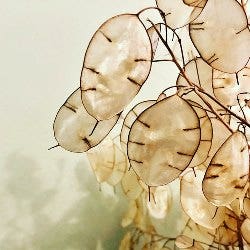
1. To give a decorative look
Some dead flowers dry attractively on the plant - like hydrangea and banksia; and some produce attractive seedheads, like clematis, honesty, and callistemon. These can look very ornamental in an autumn and winter garden, providing valuable colour and shape, and handy material for keen flower arrangers.
2. To feed wildlife
If flowerseeds aren't a problem in your garden, leave them for the birds and small mammals to feast on in winter. Flowers like echinacea, poppy, and sunflower, and ornamental grasses, can provide valuable winter snacks, and their seedheads are attractive to look at, especially with a dusting of frost.
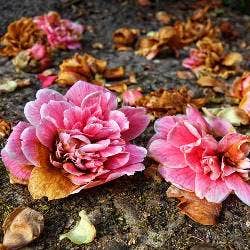
3. To stop you wasting energy
Some plants are very obliging when their old flowers die - they shed them naturally. Camellia bushes often have a carpet of old blooms below; and hibiscus even roll their old flowers up in a tube before dropping them. Very neat!
4. To encourage berries and fruit
With many plants, pollinated flowers will turn into berries or fruit later in the year. Removing the flowers removes the opportunity for the plant to fulfil its destiny as a fruit tree, or ornamental berry bush.









